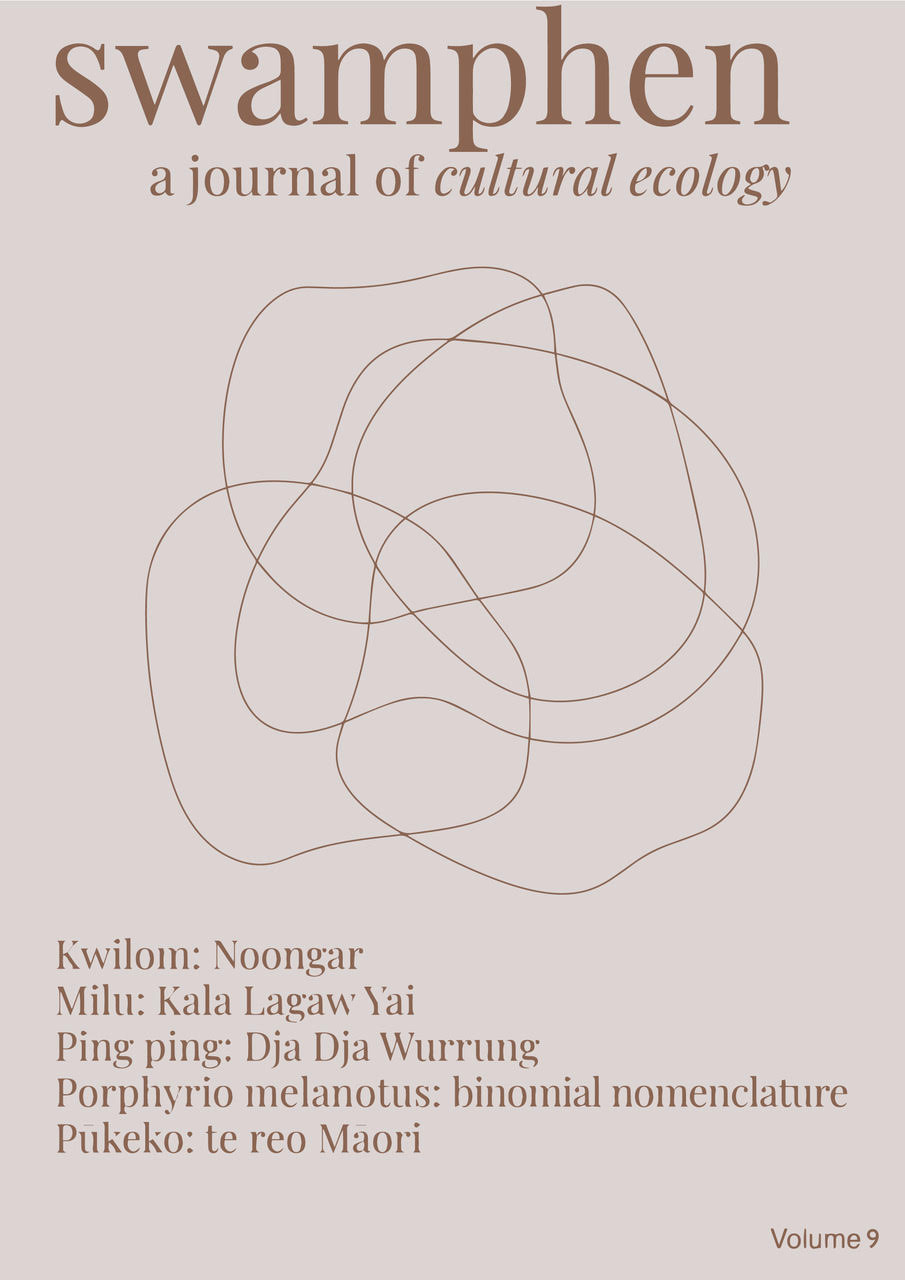Seeing Within, Without, Across and Between
Stories from Cross-Cultural Photographic Exchange
DOI:
https://doi.org/10.60162/swamphen.9.17552Keywords:
photovoice, participatory action research, visual research methods, environmental behaviour, multi-site ethnographyAbstract
This paper discusses letters and photo-stories as sites for making strange our familiar relationships with the non-human world, through considering images and methods from the action-research project ‘Portraits of Change’, which explored environmental behaviour change and human/non-human relations through participatory visual dialogue between urban youth in Bangladesh, Australia and China. In particular, it focuses on various themes arising in the exchange of letters and photo-stories created by students through workshops in Dhaka and Melbourne, and how these can both reinforce and challenge our ways of viewing the non-human world. These themes, including health, aesthetics and visuality, also highlighted differing environmental perspectives between youth in majority and minority worlds. The complexity of the multi-sited action-research engagements require methodological adaptations in both the participatory design of the workshops, and analysis of their resulting visual artifacts.
Downloads
Published
Issue
Section
License
Authors who publish with this journal agree to the following terms:- Authors retain copyright and grant the journal right of first publication with the work simultaneously licensed under a Creative Commons Attribution License that allows others to share the work with an acknowledgement of the work's authorship and initial publication in this journal.
- Authors are able to enter into separate, additional contractual arrangements for the non-exclusive distribution of the journal's published version of the work (e.g., post it to an institutional repository or publish it in a book), with an acknowledgement of its initial publication in this journal.
- Authors are permitted and encouraged to post their work online (e.g., in institutional repositories or on their website) prior to and during the submission process, as it can lead to productive exchanges, as well as earlier and greater citation of published work (See The Effect of Open Access).

